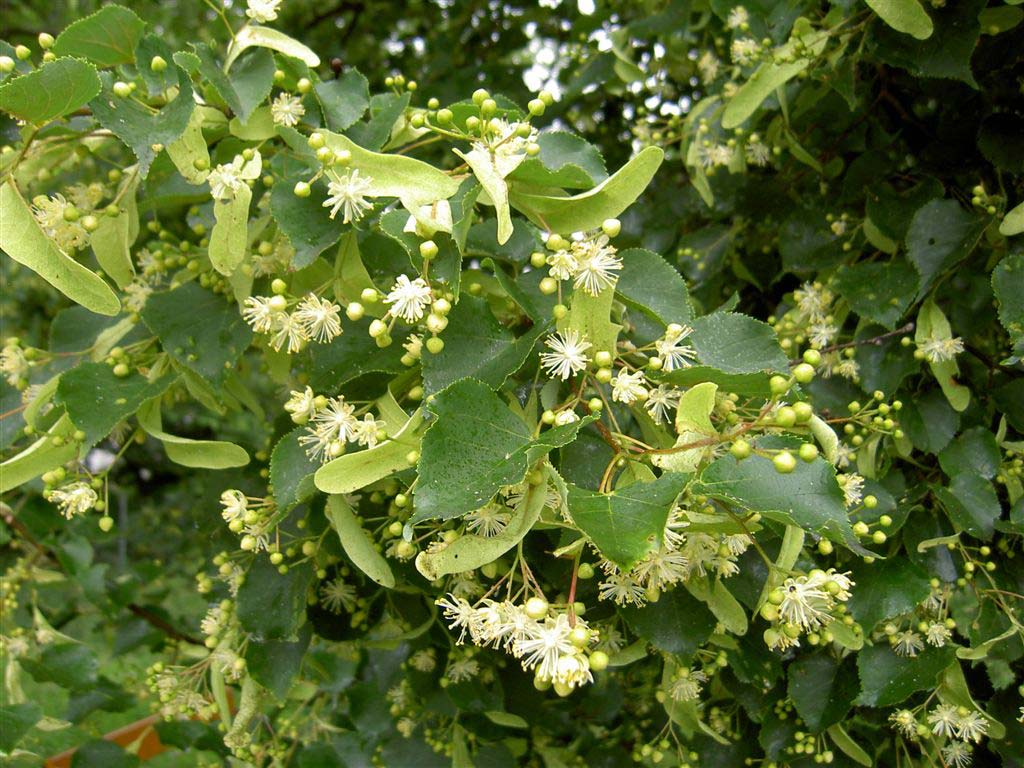
Quick Facts
- Plant Type: Pleasing pyramidal to oval shape
- Foliage type: Deciduous
- Tree height: 50 to 60 feet
- Tree width/spread: 40 feet
- Hardiness: USDA Zones 3 to 7
- Flower Color: Inconspicuous
- Sun/light exposure: Full sun to part shade
- Water requirements: Moist but not wet conditions, not drought tolerant
- Seasonal Interest: Fragrant flowers in late summer
Littleleaf Linden (Tilia cordata)
The Littleleaf Linden is a source of beauty in natural settings as well as parks and streets across America. As a yard tree or street tree, it will draw you in with its pleasing shape, dense canopy and super-fragrant flowers. But this lovely tree isn’t native to the United States. It was transplanted from Europe, where it has been used as a shade tree since ancient times.
Littleleaf Linden were used for social purposes as early as 760 A.D. In the Germanic countries, the tree was known as a favorite of pagan goddesses. In Scandinavia, it was a good tree to avoid after dark because it was thought to be a favorite haunt of elves and fairies.
German towns often had Littleleaf Linden growing in the town center. Perhaps the most well-known town planting is the boulevard Unter den Linten in the historic district of Berlin that was first planted in the 16th century. The trees were replanted after the 2nd World War.
Littleleaf Linden is widely used as a shade tree, a flowering tree and an ornamental tree. The clusters of yellowish flowers of hang down on a long stalk attached to a leaf-like wing. They give off a pleasant fragrance in the summer, after most flowering trees have finished. It is a source of nectar and pollen for bees, hummingbirds and other pollinators.
Littleleaf Linden adds visual interest and beauty to landscaping and grows at a medium rate, with height increases of 1 to 2 feet per year. Leaf color shifts from light green to glossy dark green to yellow throughout the seasons. They are sensitive to road salt and should not be planted where Japanese beetles are a perennial problem.

